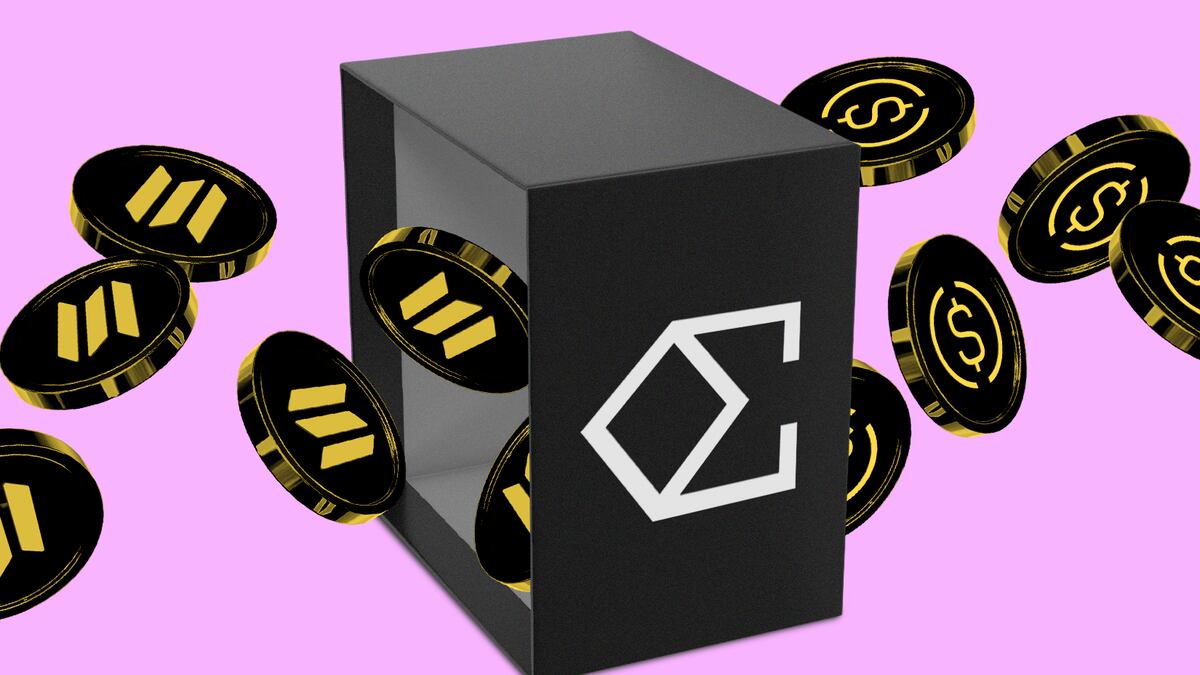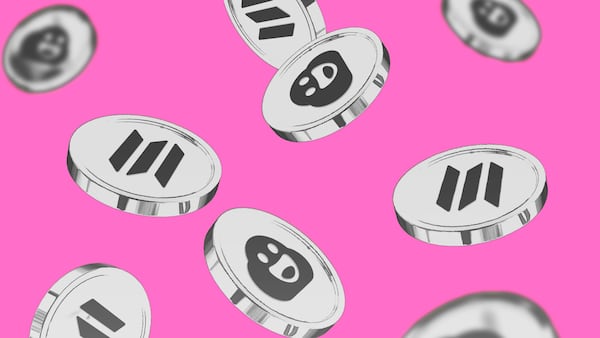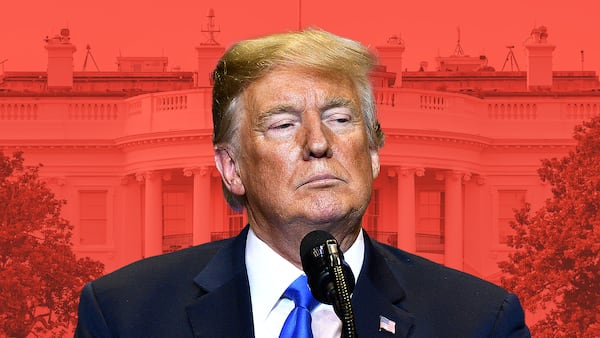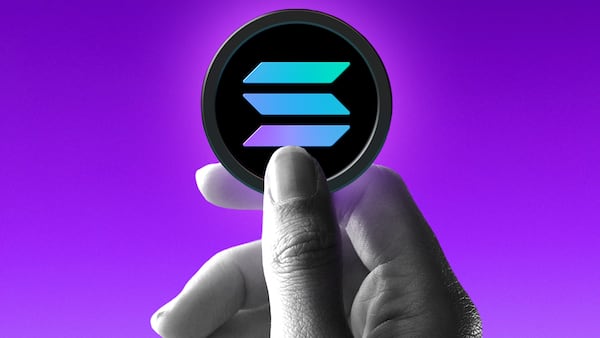- Solana users can now create Ethena's USDe synthetic dollar.
- The expansion is part of the protocol's plan to grow the number of USDe in circulation.
- There are both benefits and risks to backing USDe with SOL.
The eight-month-old Ethena experiment continues.
The synthetic dollar protocol announced Wednesday its launch on Solana, letting users put up SOL tokens to create USDe synthetic dollars.
It’s the latest initiative to keep growing the $3 billion supply of USDe as part of Ethena’s mission to become a major player in the stablecoin market.
As the fourth biggest blockchain beyond Bitcoin, Ether and BNB Chain, the Solana deployment presents a lucrative opportunity.
Ethena founder Guy Young told DL News the move could facilitate an additional $600 to $900 million of USDe creation.
Compared to stablecoin market leaders Tether and Circle, which command market values of $114 billion and $34 billion, respectively, Ethena has its work cut out for it.
Ethena also operates much differently than Tether and Circle’s model.
Instead of holding assets equal to the amount of stablecoins on the market, Ethena lets users deposit volatile assets, like Bitcoin, Ether, and now Solana, to create USDe.
Ethena then hedges these deposits with short positions — bearish bets — on the corresponding asset.
This creates a stable backing for USDe that’s so far been unaffected by the volatile price swings of the underlying assets.
Weathering the storm
Since its launch in December, critics have worried about how Ethena would fare during bouts of severe crypto market volatility.
Some have compared the protocol’s USDe token to TerraUSD, an undercollateralised stablecoin that collapsed in 2022. It’s a comparison Young has rejected.
Ethena’s first major test came on Monday when the crypto market plummeted some 25% as recession fears and economic policy changes in Japan spooked financial markets.
As the market fell, Ethena facilitated over $50 million of USDe redemptions — returning their USDe for the crypto deposited — the most in a 24 hour period, without any issues.
Young previously told DL News that diversifying USDe’s backing across multiple derivatives markets and backing assets should help reduce risks.
Opening up USDe creation on Solana using SOL tokens adds to this diversification.
Still, doubts over the resilience of Ethena’s model linger.
One of the biggest risks is the possibility of funding rates for the bearish bets backing USDe turning negative.
This means that instead of the protocol generating a return on the derivatives bets backing USDe, it would have to pay to keep them open.
Ethena said in its announcement that SOL’s funding rate has outperformed those of both Ether and Bitcoin in 2024, meaning that the protocol stands to boost returns for USDe stakers from SOL-backed USDe.
But that could turn against Ethena if the Solana funding rate turns negative in the future.
There’s also the issue of using a crypto bridge to connect existing USDe on Ethereum with new tokens created on Solana.
Young said Ethena chose the LayerZero crypto bridge to facilitate cross-chain USDe transactions because of how seriously it takes security.
Still, the primary risk with launching USDe on Solana lies with the LayerZero bridge, Young said.
Bridges between Ethereum and Solana have been attacked before.
In 2022, the Wormhole crypto bridge connecting Ethereum and Solana was hacked for $326 million, contributing to $1.8 billion of bridge hacks that year.
Tim Craig is DL News’ Edinburgh-based DeFi Correspondent. Reach out with tips at tim@dlnews.com.







